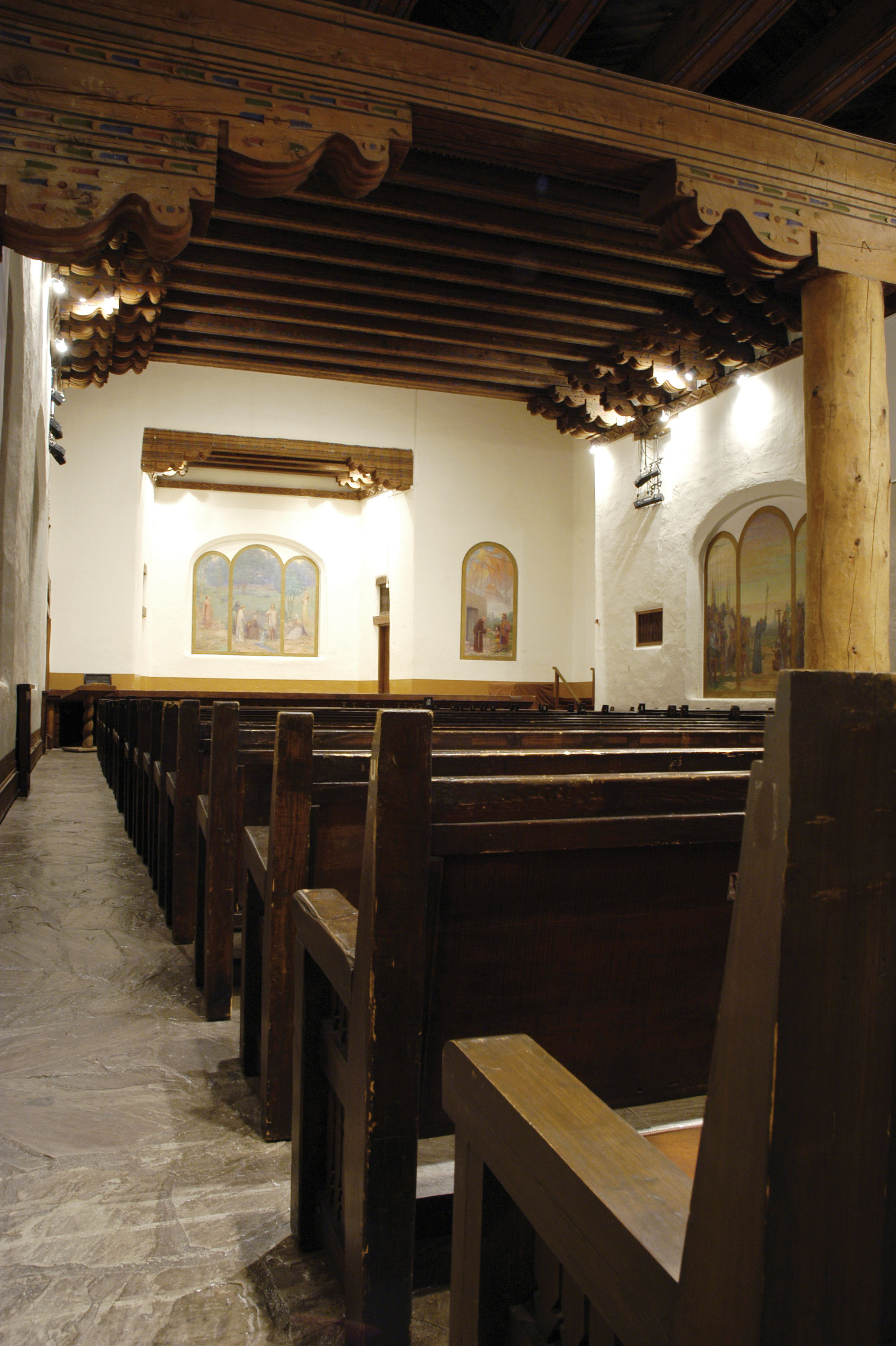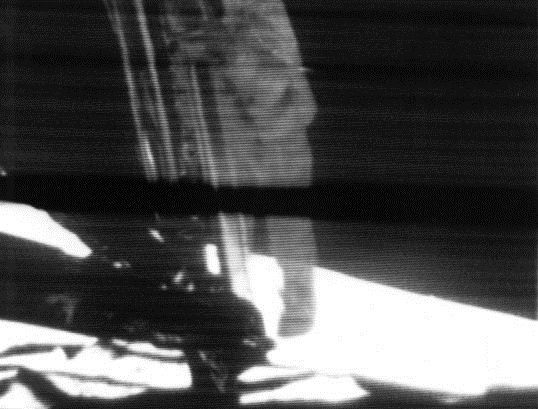|
Leslie Cantwell Collection
The Leslie Cantwell collection is a collection of large-format images of space and space exploration, signed and inscribed by astronauts from the Apollo Space programme. It was assembled by British collector Leslie Cantwell, who became interested in the history of space exploration in the late 1990s. The collection has been exhibited at the Proud Galleries of London, the Kansas Cosmosphere Cosmosphere is a space museum and STEM education center in Hutchinson, Kansas, United States. It was previously known as the Kansas Cosmosphere. The museum houses over 13,000 spaceflight artifacts—the largest combined collection of US and ..., and the New Mexico Museum of Art. The collection comprises both originals and reprints of official NASA photographs, including images of all six Apollo Moon landings. Some images are original Hasselblad photographs (the official camera used on all Apollo missions). Many of the photographs were taken in space by the astronauts themselves; ot ... [...More Info...] [...Related Items...] OR: [Wikipedia] [Google] [Baidu] |
Large Format
Large format refers to any imaging format of or larger. Large format is larger than "medium format", the or size of Hasselblad, Mamiya, Rollei, Kowa, and Pentax cameras (using 120- and 220-roll film), and much larger than the frame of 35 mm format. The main advantage of a large format, film or digital, is a higher resolution at the same pixel pitch, or the same resolution with larger pixels or grains which allows each pixel to capture more light enabling exceptional low-light capture. A 4×5 inch image (12.903 mm²) has about 15 times the area, and thus 15× the total resolution, of a 35 mm frame (864 mm²). Large format cameras were some of the earliest photographic devices, and before enlargers were common, it was normal to just make 1:1 contact prints from a 4×5, 5×7, or 8×10-inch negative. Formats The most common large format is 4×5 inches (10.2x12.7 cm), which was the size used by cameras like the Graflex Speed Graphic and Crown Gr ... [...More Info...] [...Related Items...] OR: [Wikipedia] [Google] [Baidu] |
History Of Space Exploration
Space exploration is the use of astronomy and space technology to explore outer space. While the exploration of space is carried out mainly by astronomers with telescopes, its physical exploration though is conducted both by uncrewed robotic space probes and human spaceflight. Space exploration, like its classical form astronomy, is one of the main sources for space science. While the observation of objects in space, known as astronomy, predates reliable recorded history, it was the development of large and relatively efficient rockets during the mid-twentieth century that allowed physical space exploration to become a reality. The world's first large-scale experimental rocket program was Opel-RAK under the leadership of Fritz von Opel and Max Valier during the late 1920s leading to the first crewed rocket cars and rocket planes, which paved the way for the Nazi era V2 program and US and Soviet activities from 1950 onwards. The Opel-RAK program and the spectac ... [...More Info...] [...Related Items...] OR: [Wikipedia] [Google] [Baidu] |
The Telegraph (London)
''The Daily Telegraph'', known online and elsewhere as ''The Telegraph'', is a national British daily broadsheet newspaper published in London by Telegraph Media Group and distributed across the United Kingdom and internationally. It was founded by Arthur B. Sleigh in 1855 as ''The Daily Telegraph & Courier''. Considered a newspaper of record over ''The Times'' in the UK in the years up to 1997, ''The Telegraph'' generally has a reputation for high-quality journalism, and has been described as being "one of the world's great titles". The paper's motto, "Was, is, and will be", appears in the editorial pages and has featured in every edition of the newspaper since 19 April 1858. The paper had a circulation of 363,183 in December 2018, descending further until it withdrew from newspaper circulation audits in 2019, having declined almost 80%, from 1.4 million in 1980.United Newspapers PLC and Fleet Holdings PLC', Monopolies and Mergers Commission (1985), pp. 5–16. Its sist ... [...More Info...] [...Related Items...] OR: [Wikipedia] [Google] [Baidu] |
Kansas Cosmosphere
Cosmosphere is a space museum and STEM education center in Hutchinson, Kansas, United States. It was previously known as the Kansas Cosmosphere. The museum houses over 13,000 spaceflight artifacts—the largest combined collection of US and Russian spaceflight artifacts in the world—and is home to internationally acclaimed educational programs. Facilities The Cosmosphere grew from a planetarium established on the Kansas State Fairgrounds in 1962. The facility houses the largest collection of Russian space artifacts outside of Moscow, and a collection of US space artifacts second only to the National Air and Space Museum in Washington, D.C. The Cosmosphere has four venues: The Hall of Space Museum, The Justice Planetarium, The Carey Digital Dome Theater, and Dr. Goddard's Lab (an explosive live science presentation on the history of rocketry). The Cosmosphere also hosts summer camps for all ages, and co-curricular applied STEM education programs for field trips, groups, ... [...More Info...] [...Related Items...] OR: [Wikipedia] [Google] [Baidu] |
New Mexico Museum Of Art
The New Mexico Museum of Art is an art museum in Santa Fe governed by the state of New Mexico. It is one of four state-run museums in Santa Fe that are part of the Museum of New Mexico. It is located at 107 West Palace Avenue, one block off the historic Santa Fe Plaza. It was given its current name in 2007, having previously been referred to as The Museum of Fine Arts. History The building was designed by architect Isaac Rapp and completed in 1917. It is an example of Pueblo Revival Style architecture, and one of Santa Fe's best-known representations of the synthesis of Native American and Spanish Colonial design styles. The façade was based on the mission churches of Acoma, San Felipe, Cochiti, Laguna, Santa Ana and Pecos. Collections The museum’s art collection includes over 20,000 paintings, photographs, sculptures, prints, drawings and mixed-media works. Notable artists in the collection include Ansel Adams, Gustave Baumann, Brian O'Connor, Georgia O'Keeffe, Fritz ... [...More Info...] [...Related Items...] OR: [Wikipedia] [Google] [Baidu] |
NASA
The National Aeronautics and Space Administration (NASA ) is an independent agency of the US federal government responsible for the civil space program, aeronautics research, and space research. NASA was established in 1958, succeeding the National Advisory Committee for Aeronautics (NACA), to give the U.S. space development effort a distinctly civilian orientation, emphasizing peaceful applications in space science. NASA has since led most American space exploration, including Project Mercury, Project Gemini, the 1968-1972 Apollo Moon landing missions, the Skylab space station, and the Space Shuttle. NASA supports the International Space Station and oversees the development of the Orion spacecraft and the Space Launch System for the crewed lunar Artemis program, Commercial Crew spacecraft, and the planned Lunar Gateway space station. The agency is also responsible for the Launch Services Program, which provides oversight of launch operations and countdown management f ... [...More Info...] [...Related Items...] OR: [Wikipedia] [Google] [Baidu] |
Moon Landing
A Moon landing is the arrival of a spacecraft on the surface of the Moon. This includes both crewed and robotic missions. The first human-made object to touch the Moon was the Soviet Union's Luna 2, on 13 September 1959. The United States' Apollo 11 was the first crewed mission to land on the Moon, on 20 July 1969. There were six crewed U.S. landings between 1969 and 1972, and numerous uncrewed landings, with no soft landings happening between 22 August 1976 and 14 December 2013. The United States is the only country to have successfully conducted crewed missions to the Moon, with the last departing the lunar surface in December 1972. All soft landings took place on the near side of the Moon until 3 January 2019, when the Chinese Chang'e 4 spacecraft made the first landing on the far side of the Moon. Uncrewed landings After the unsuccessful attempt by Luna 1 to land on the Moon in 1959, the Soviet Union performed the first hard Moon landing – "hard" meaning the ... [...More Info...] [...Related Items...] OR: [Wikipedia] [Google] [Baidu] |
Hasselblad
Victor Hasselblad AB is a Swedish manufacturer of medium format cameras, photographic equipment and image scanners based in Gothenburg, Sweden. The company originally became known for its classic analog medium-format cameras that used a waist-level viewfinder. Perhaps the most famous use of the Hasselblad camera was during the Apollo program missions when the first humans landed on the Moon. Almost all of the still photographs taken during these missions used modified Hasselblad cameras. In 2016, Hasselblad introduced the world's first digital compact mirrorless medium-format camera, the X1D-50c, changing the portability of medium-format photography. Hasselblad produces about 10,000 cameras a year from a small three-storey building. Company history The company was established in 1841 in Gothenburg, Sweden, by Fritz Wiktor Hasselblad, as a trading company, F. W. Hasselblad and Co. The founder's son, Arvid Viktor Hasselblad, was interested in photography and started the phot ... [...More Info...] [...Related Items...] OR: [Wikipedia] [Google] [Baidu] |
Photographic Collections
Photography is the art, application, and practice of creating durable images by recording light, either electronically by means of an image sensor, or chemically by means of a light-sensitive material such as photographic film. It is employed in many fields of science, manufacturing (e.g., photolithography), and business, as well as its more direct uses for art, film and video production, recreational purposes, hobby, and mass communication. Typically, a lens is used to focus the light reflected or emitted from objects into a real image on the light-sensitive surface inside a camera during a timed exposure. With an electronic image sensor, this produces an electrical charge at each pixel, which is electronically processed and stored in a digital image file for subsequent display or processing. The result with photographic emulsion is an invisible latent image, which is later chemically "developed" into a visible image, either negative or positive, depending on ... [...More Info...] [...Related Items...] OR: [Wikipedia] [Google] [Baidu] |
Space Exploration
Space exploration is the use of astronomy and space technology to explore outer space. While the exploration of space is carried out mainly by astronomers with telescopes, its physical exploration though is conducted both by robotic spacecraft, uncrewed robotic space probes and human spaceflight. Space exploration, like its classical form astronomy, is one of the main sources for space science. While the observation of objects in space, known as astronomy, predates reliable recorded history, it was the development of large and relatively efficient rockets during the mid-twentieth century that allowed physical space exploration to become a reality. The world's first large-scale experimental rocket program was Opel-RAK under the leadership of Fritz von Opel and Max Valier during the late 1920s leading to the first crewed rocket cars and rocket planes, which paved the way for the Nazi era V2 program and US and Soviet activities from 1950 onwards. The Opel-RAK program and the ... [...More Info...] [...Related Items...] OR: [Wikipedia] [Google] [Baidu] |
.jpg)




